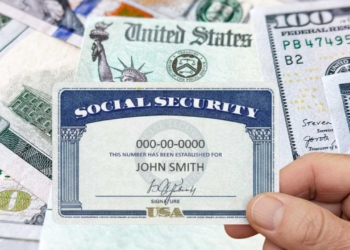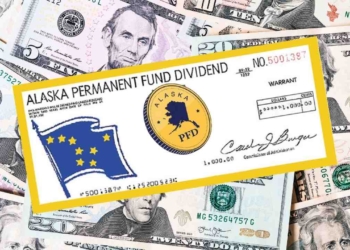The Congress is preparing for a vote that could determine the reopening of the federal government. This legislative move is considered a crucial preliminary step for the full benefits of the Supplemental Nutrition Assistance Program (SNAP) to begin being distributed to the states.
However, it is anticipated that disbursements could face significant delays, even after the shutdown period ends. State agencies and assistance organizations will need a recovery period to manage the consequences of the disruption already caused to the distribution of this aid.
SNAP November Benefits: Will You Get Paid?
Initially, the U.S. Department of Agriculture (USDA) announced it would use contingency funds to finance SNAP benefits during a government shutdown. This initial stance offered a degree of certainty to beneficiaries and state program administrators.
However, the Trump administration’s strategy later shifted, using SNAP payments as a tool of political leverage to pressure Democrats into agreeing to end the government shutdown.
The administration announced that payments for November would not be processed. This decision immediately triggered a series of chaotic and confusing events. Some beneficiaries received partial payments, while others received no payment at all. Simultaneously, conflicting court rulings emerged in different jurisdictions, adding another layer of complexity and uncertainty to the process.
Some States Sent Food Stamps Allotments
States and food banks have been forced to remain on high alert, monitoring every new court order and reacting to an unprecedented disruption of essential food assistance. The legal situation has remained in a state of constant flux.
Just this week, the U.S. Supreme Court issued a ruling ordering that SNAP benefits remain suspended, at least until Thursday, thus prolonging the uncertainty. The massive scale and logistical complexity of the SNAP program made it impossible for state governments to cover funding shortfalls with their own resources.
Meanwhile, the states’ response to federal guidelines and court rulings has been divergent. Some states have proceeded to distribute the full benefits due for November, or have publicly announced their intention to pay 100% of the benefits. Other states, however, have followed the administration’s initial plans and have proceeded to distribute only 65% of the usual monthly payments.
The maximum SNAP benefits approved in November
The maximum SNAP benefit amounts are subject to periodic review. For the period between October 1, 2025, and September 30, 2026, the maximum monthly amounts for the 48 contiguous states and the District of Columbia have been established. For a one-person household, the maximum amount is $298. A two-person household can receive up to $546.
For a 3-person household, the maximum monthly allowance is $785. Four-person households have a limit of $994. For 5-person households, the maximum amount of assistance is $1,183. Six-person households can receive up to $1,421, according to official tables.
For households of seven people, the maximum allowance is $1,571. Households of eight people have a cap of $1,789. For each additional person beyond eight, $218 is added to the total benefit amount. These figures represent the upper limits of assistance for the program in most jurisdictions.







